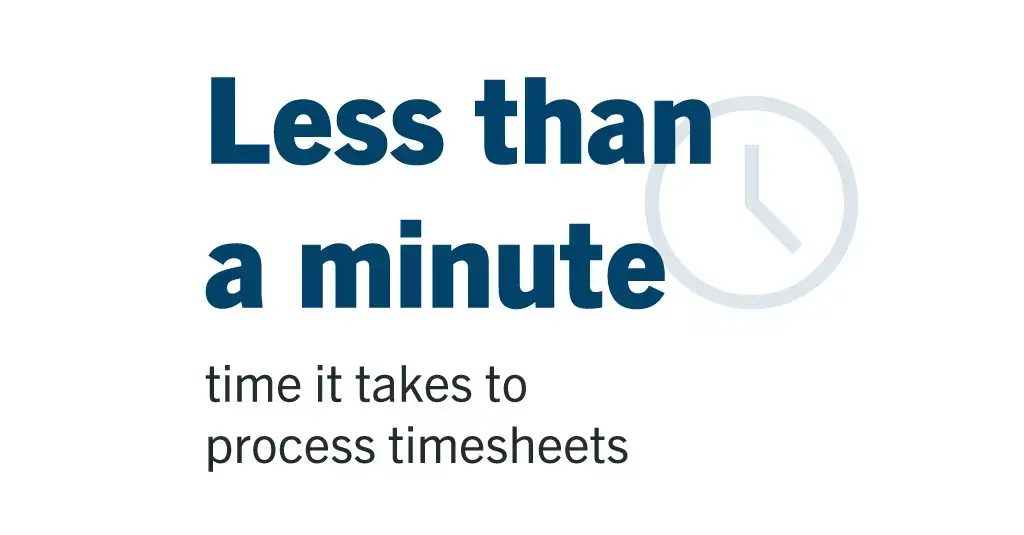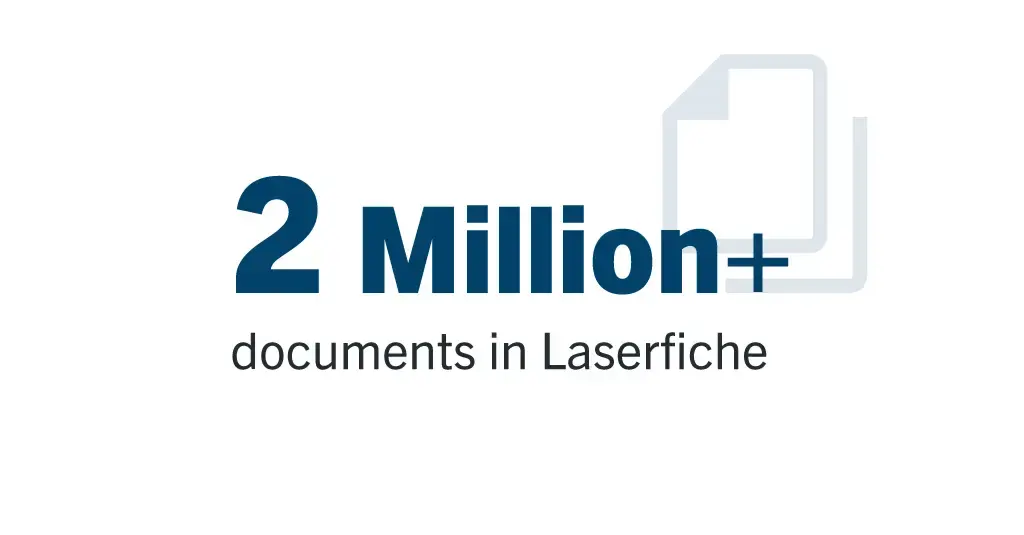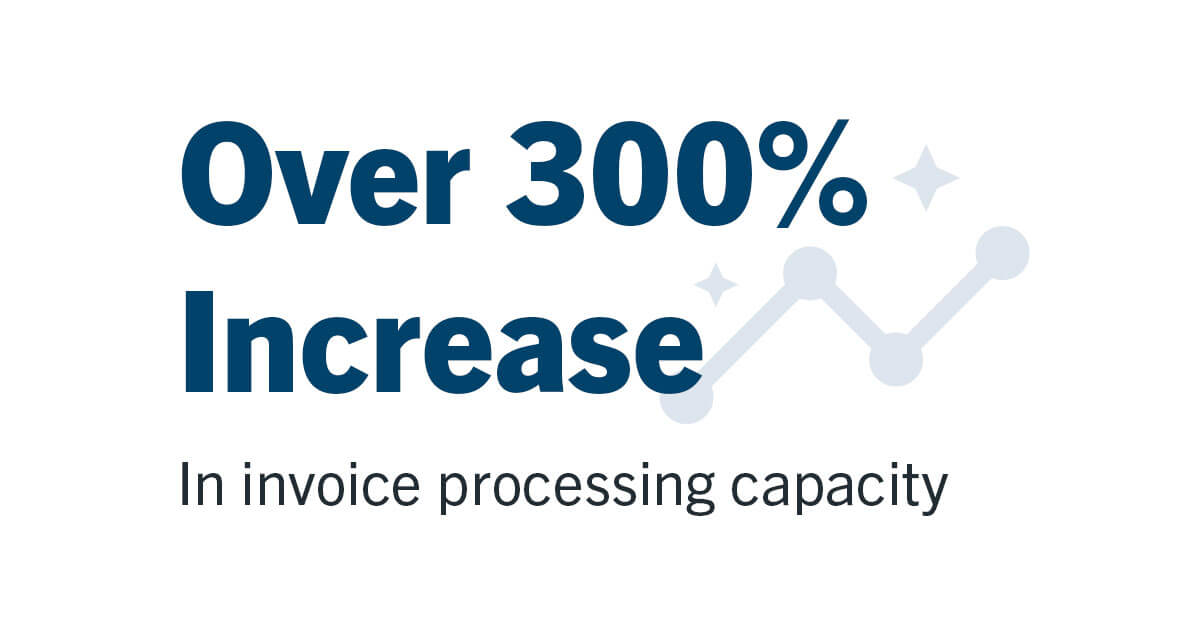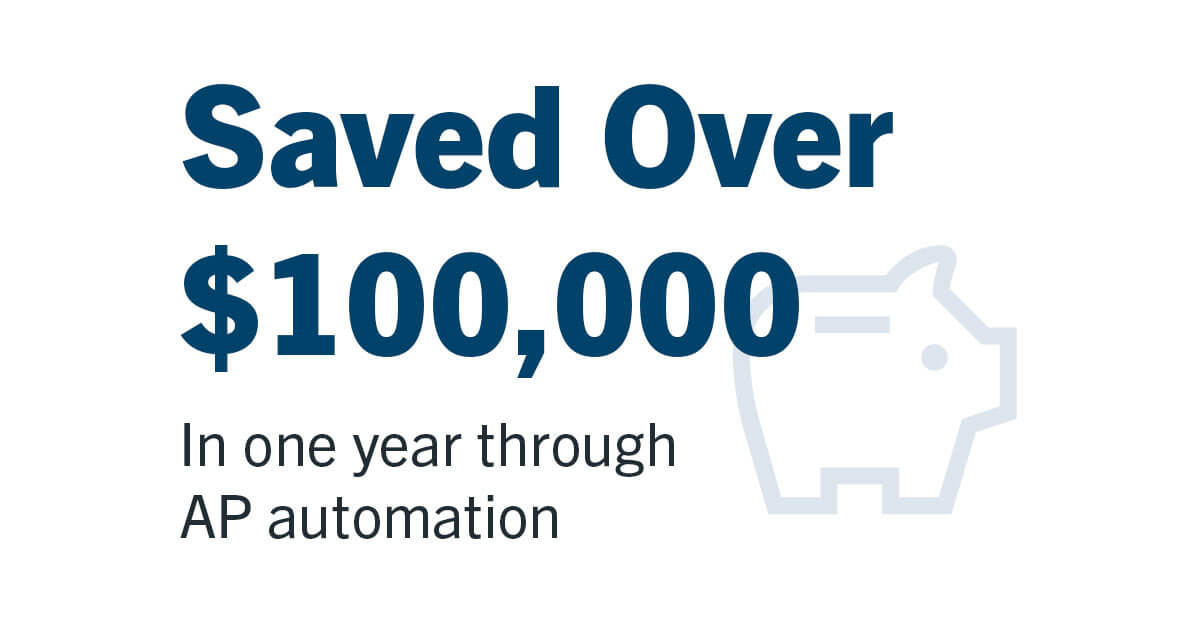Banking institutions — including banks and credit unions — place high value on the interaction between customers or members and employees in order to build loyalty and drive business growth. Today, the customer-first approach is more important than ever before, and the digital customer experience is at the top of their priorities. While brick-and-mortar branches are here to stay in the post-pandemic era, customers expect consistent in-branch service as well as a seamless omnichannel experience. Recent BAI research reported that consumers expect 61% of their banking business to be digital and 39% to involve human intervention by 2024. To achieve omnichannel excellence, banking institutions need to provide 24/7 access to services and digital self-service for activities ranging from new account opening to loan applications, as well as an online portal for clients to access their own documentation.
In order to keep pace with customer expectations, banking institutions are leveraging process automation to enhance human interactions — by supporting customers’ ability to access the services they want when they want them; reclaiming time for employees to spend on value-added activities and customer service; and easing collaboration between teams, departments and branches. Digital workflows and processes are also key to boosting productivity so that banking institutions can take on more customers and add new services without the resource strain or sacrificing quality of service. Here are some of the top transformative process automation initiatives that forward-looking banking institutions are leveraging to enhance the customer experience:
1. Self-Service Portals and Online Forms
Even when digital, incoming applications and customers’ records are often scattered electronically across organizations’ local network drives and individual repositories without a standardized folder structure. Studies have shown that the average employee spends 3.6 hours each day searching for information. When customers are waiting — whether in-person at a branch or online — this translates to longer wait times and decreased satisfaction. Self-service portals with links to online forms where customers can easily initiate service requests or send in information — which can then be automatically routed to the appropriate departments or personnel for approval, or to customer folders — help to alleviate the headaches of manually routing data and shorten processing time, while also creating a 24/7 access to services for customers.
2. A Single Source of Truth: Automated Records Management in a Central Repository
Digitization of paper files is nothing new to banking institutions, however, many of them can take these efforts much further. By establishing a centralized repository, and leveraging process automation tools to auto-file customer information into a standardized folder structure, banking institutions can save time for employees who are able to be more responsive to customer needs since they have customer information at their fingertips. At the same time, automating processes related to customers’ data eliminates error-prone manual tasks, improving accuracy of information. With a centralized repository that has granular access controls, too, banking institutions support information governance and compliance with regulatory requirements. As a result, organizations mitigate the risk of unauthorized access to customer information and build and maintain trust with their customers.
3. Integrate Line-of-Business Applications for End-to-End Automated Solutions
Many banking institutions took a piecemeal approach to digital transformation during the pandemic as a reaction to immediate needs. Today, however, organizations need to assess the technologies adopted over the past few years in order to consolidate and optimize IT investments. Integrations can help to connect the different applications, systems and sites where customer data is stored, enabling banking institutions to create more holistic automated solutions and a complete digital experience for customers and the employees who serve them. For instance, integrations can further reduce manual and repetitive data entry by prepopulating customer information into electronic forms. Integration tools such as integration-platform-as-a-service (iPaaS) connectors and APIs can support organizations’ increasingly complex integration needs. By creating a more connected enterprise, banking institutions can better facilitate information flow and avoid repetitive data entry; provide branch employees with accurate, real-time information; and enable a better, more personalized customer experience overall.
The Member-Centered Digital Transformation Journey
Even as many banking institutions are accelerating digital initiatives, the human element remains the most important piece of the transformation puzzle. A recent survey found that more than 80% of credit unions are prioritizing digital as a competitive differentiator, however, only 14% provide solutions that focus on their members’ digital experience. Banking institutions are at an inflection point, and it’s critical that business leaders make decisions about digital initiatives — whether it’s creating an automated customer onboarding process or implementing an AI-powered chatbot — through the lens of the customer experience.
How can Laserfiche help banks and credit unions enhance the customer experience with process automation?
Check out our banks and credit unions solution page for more information!

 The difference in the automated process was significant. “Previously, the manual processes could take a week or longer,” Washburn said. “Today, it takes less than a minute.”
The difference in the automated process was significant. “Previously, the manual processes could take a week or longer,” Washburn said. “Today, it takes less than a minute.” SIU also used Laserfiche to expedite the collection of patient information when a local healthcare provider retired. “There was a local practice where the provider retired, and all of their patients were transitioned into our practice,” Washburn explained. “We had to collect release of information notices, so we quickly deployed a Laserfiche form to streamline that process. Our clinical staff just had to enter the patient’s health record number. Our system integrates with our practice management system to pull everything automatically, which significantly reduced the time it would have taken manually.”
SIU also used Laserfiche to expedite the collection of patient information when a local healthcare provider retired. “There was a local practice where the provider retired, and all of their patients were transitioned into our practice,” Washburn explained. “We had to collect release of information notices, so we quickly deployed a Laserfiche form to streamline that process. Our clinical staff just had to enter the patient’s health record number. Our system integrates with our practice management system to pull everything automatically, which significantly reduced the time it would have taken manually.” “We have well over 2 million documents in our repository,” said Washburn. “If there’s not an existing folder structure for the area that we’re working in, Laserfiche Forms can create it dynamically. We make sure that everything lands in Laserfiche at the end of the day.”
“We have well over 2 million documents in our repository,” said Washburn. “If there’s not an existing folder structure for the area that we’re working in, Laserfiche Forms can create it dynamically. We make sure that everything lands in Laserfiche at the end of the day.”

 This has significantly increased the efficiency of invoice review and finalization. NWFM has gone from processing 250 invoices a month to more than 1,000, with the potential to scale up as the company continues to grow.
This has significantly increased the efficiency of invoice review and finalization. NWFM has gone from processing 250 invoices a month to more than 1,000, with the potential to scale up as the company continues to grow. “We happily stopped counting savings after it exceeded $1,000 per month,” he said. “The savings was used to hire a chemical inventory specialist who now tracks inventory movement and returns unused stock. This allowed us to already return $72,000 in unused chemicals this year alone.”
“We happily stopped counting savings after it exceeded $1,000 per month,” he said. “The savings was used to hire a chemical inventory specialist who now tracks inventory movement and returns unused stock. This allowed us to already return $72,000 in unused chemicals this year alone.”
